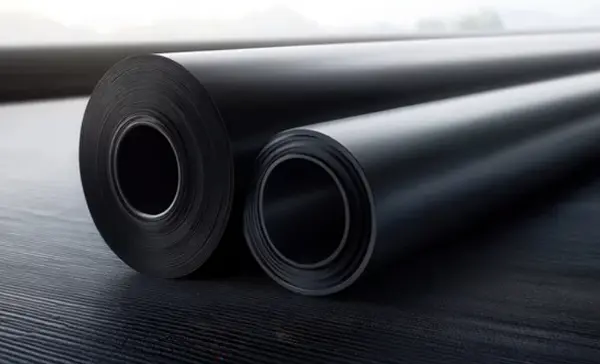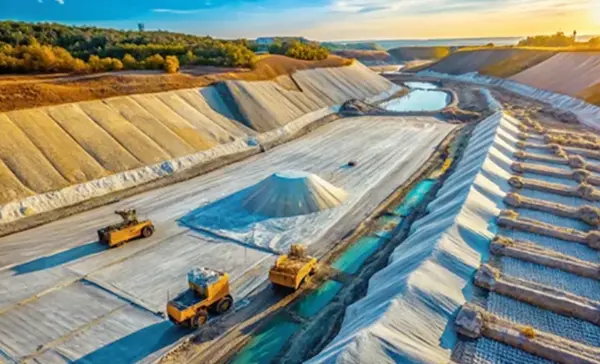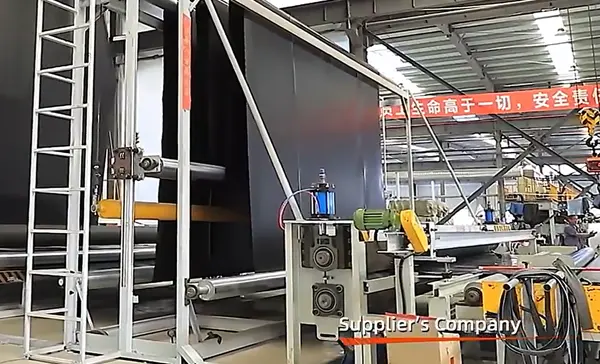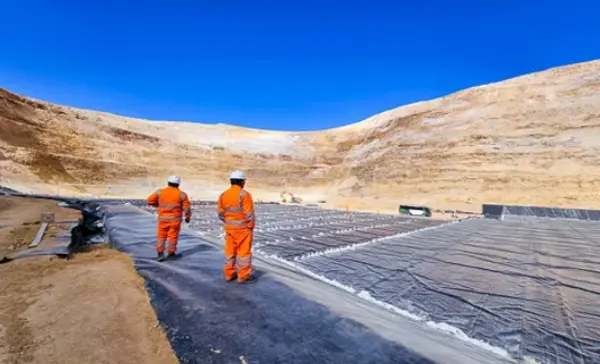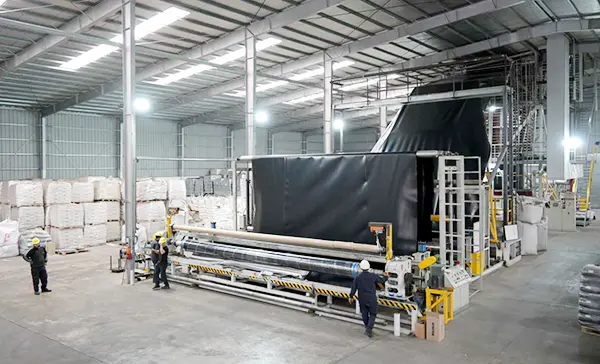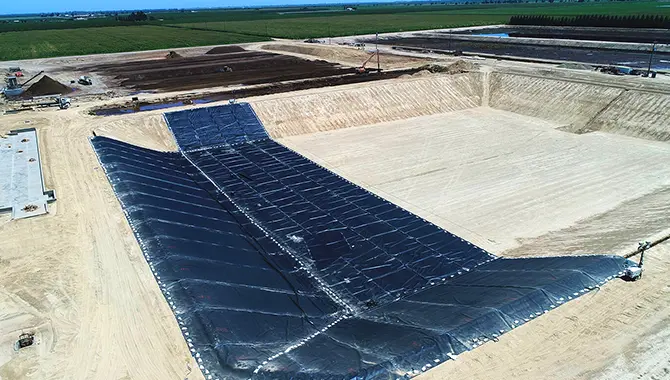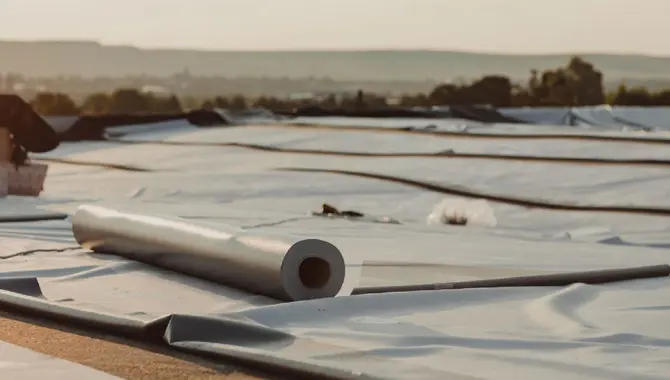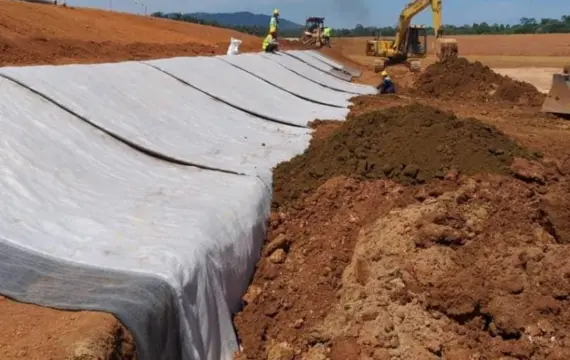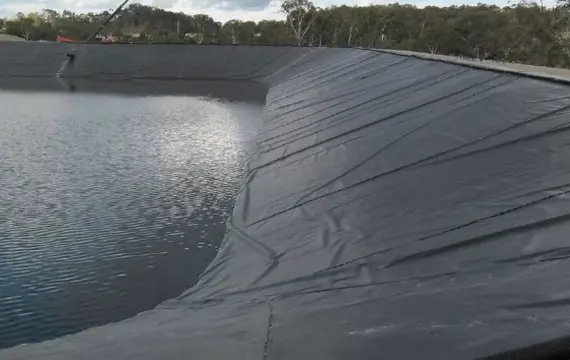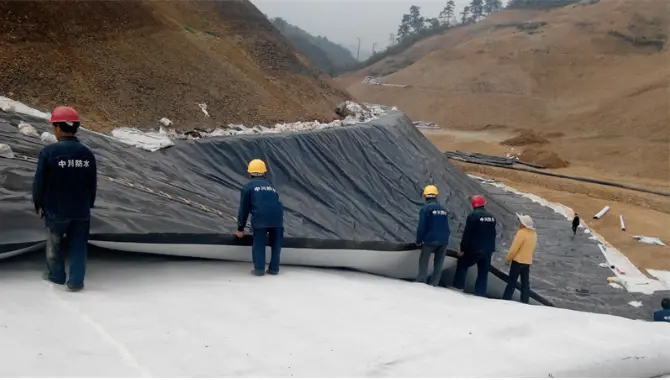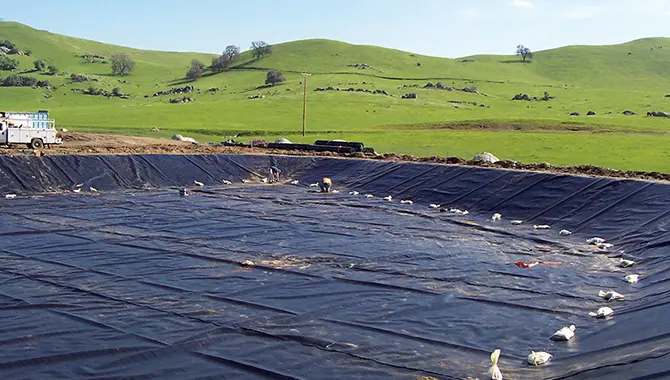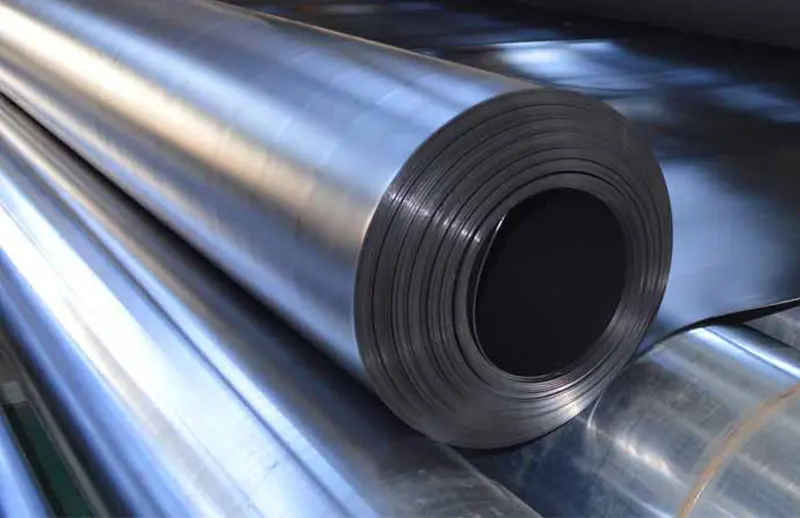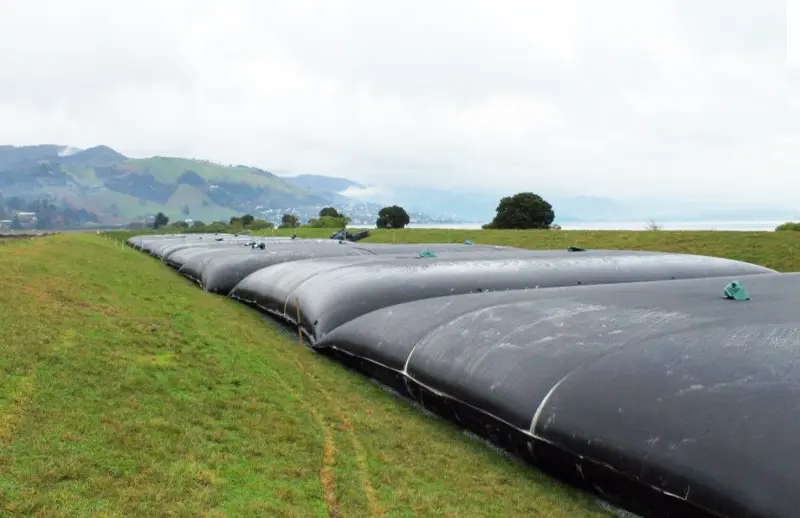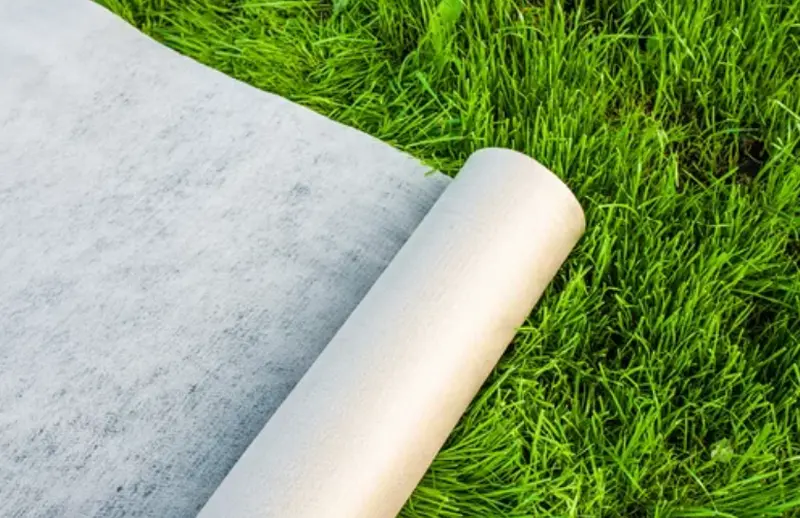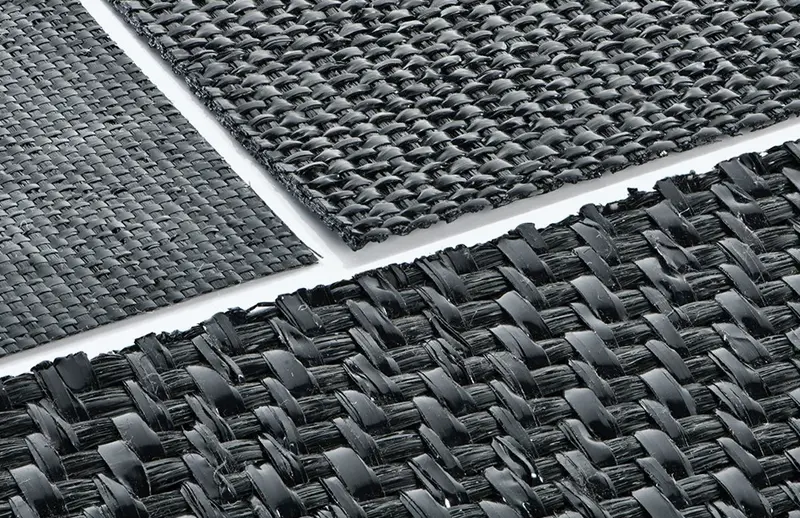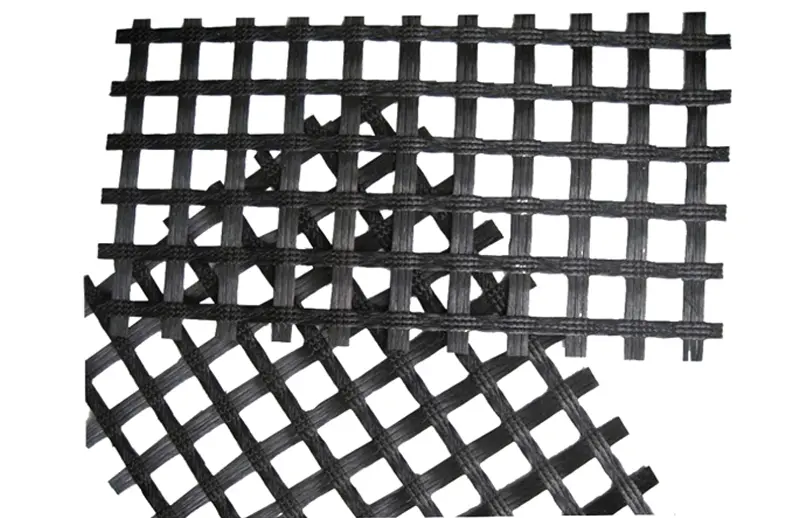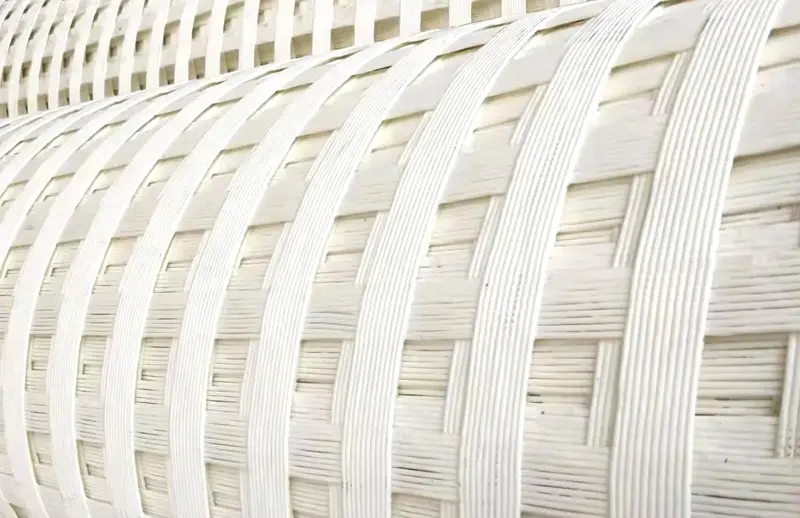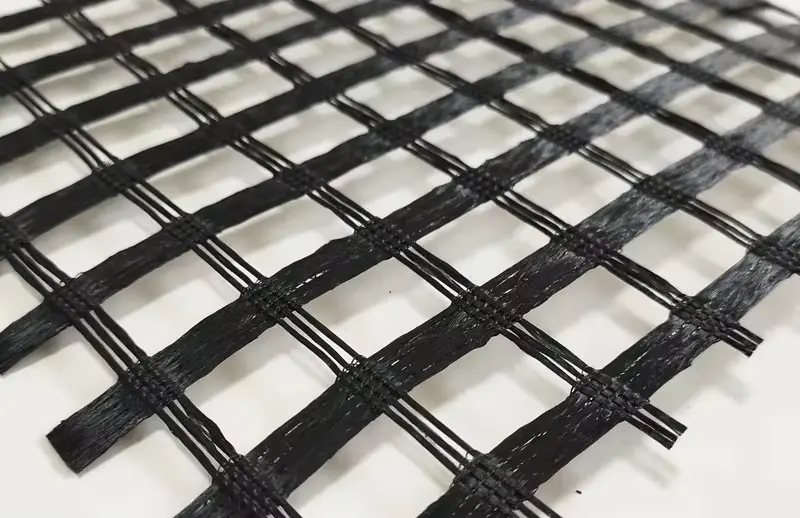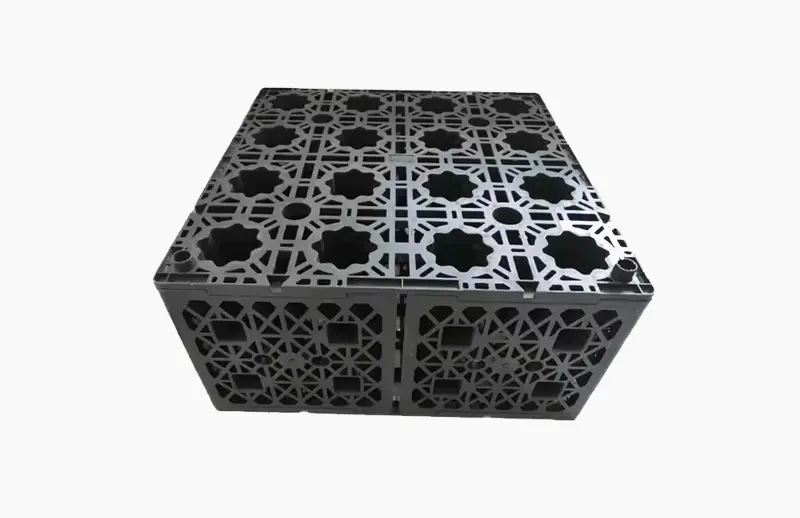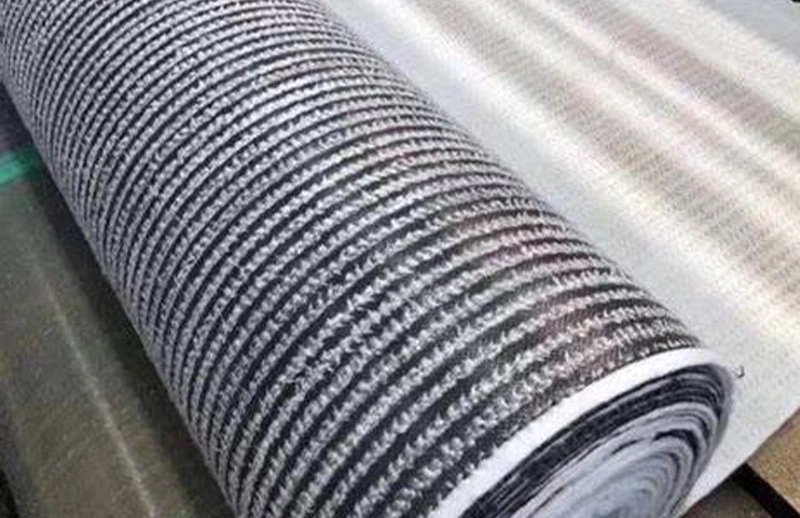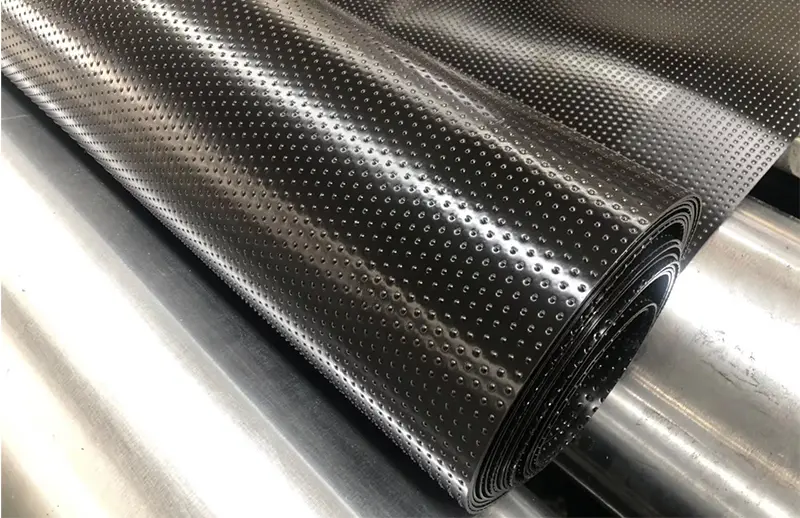
Textured Geomembrane
Specification: Textured geomembrane
Thickness: 1.0~3.0mm
Width: 1m-8m, the length can be customerized.
Material: 100% virgin material.
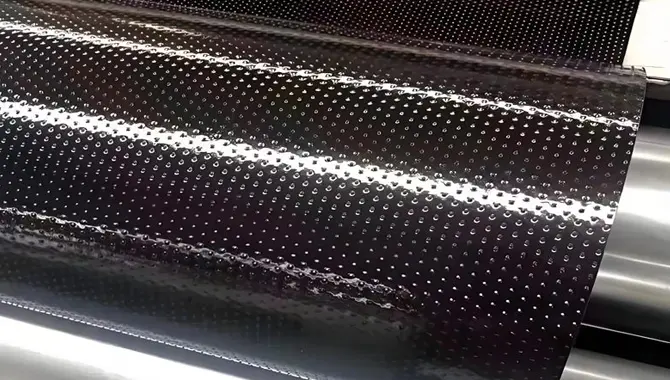
Features: One or both sides have uniform convex points, the textured points are evenly distributed and the appearance is beautiful. The column geomembrane is composed of multiple small columns, each of which can withstand a certain amount of pressure and can effectively prevent groundwater from passing through.
Production process: Mostly produced by calendering process, and also extruded by die using laminating equipment.
Application: Mainly used for groundwater seepage prevention, also suitable for slope seepage prevention projects, to achieve the effects of seepage prevention, anti-slip and anti-fouling. In landfills, the use of column textured surface is relatively large.
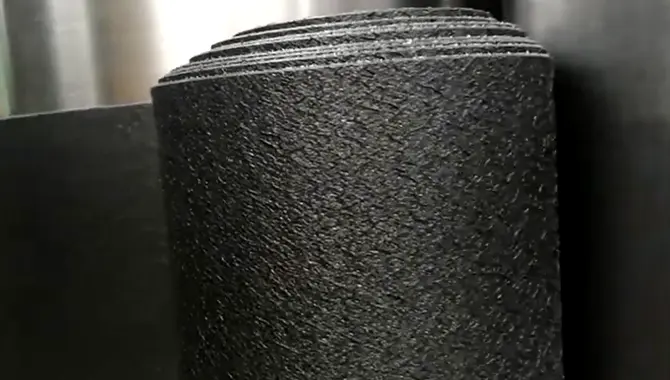
Features:
High strength and toughness: Nitrogen foaming technology makes the geomembrane have higher tensile strength and toughness, and can withstand greater external forces without being easily damaged.
Textured surface structure: The rough surface design increases the friction between the geomembrane and the soil or other materials, improves the stability of the project, and is not easy to slip.
Corrosion resistance and aging resistance: Nitrogen geomembrane can adapt to various acid and alkali environments, has excellent corrosion resistance, and has strong aging resistance and long service life.
Environmental protection: Nitrogen geomembrane is environmentally friendly during production and use, does not release harmful substances, and meets environmental protection requirements.
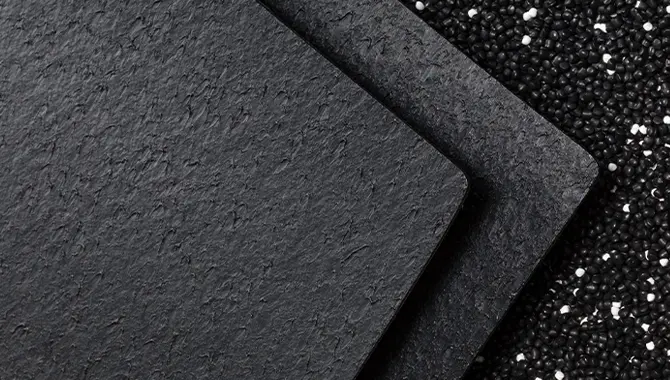
Features:
Strong anti-seepage, chemical stability, good weather resistance.
High tensile strength, light weight, easy construction.
Application scenarios
Environmental protection (landfill, sewage treatment).
Water conservancy (reservoir, dam anti-seepage).
Municipal (subway, basement waterproofing).
Garden (artificial lake, golf course pond).
Petrochemical, mining (oil storage tank, tailings pond anti-seepage).
Agriculture (irrigation system anti-seepage).
| No. | Properties | Value | ||||||
| 0.75 mm | 1.00 mm | 1.25 mm | 1.50 mm | 2.00 mm | 2.50 mm | 3.00 mm | ||
| 1 | Minimum density (g/cm²) | 0.93 | ||||||
| 2 | Yield Strength,N/ min | 11 | 15 | 18 | 22 | 29 | 37 | 44 |
| Breaking strength,N/ min | 20 | 27 | 33 | 40 | 53 | 67 | 80 | |
| Yield elongation ratio | 12 | |||||||
| Breaking elongation ratio | 700 | |||||||
| 3 | Right angle tear strength,N | 93 | 125 | 156 | 187 | 249 | 311 | 374 |
| 4 | Piercing strength,N | 240 | 320 | 400 | 480 | 640 | 800 | 960 |
| 5 | Resistant to environmental stress cracking,hr | 300 | ||||||
| 6 | Carbon black | |||||||
| Carbon black content,% | 2.0-3.0 | |||||||
| Carbon black dispersion | Nine of the ten observation areas should belong to Stage 1 or Stage 2, and Stage 3 should not be more than one. | |||||||
|
7 |
Oxidation induction time | |||||||
| Standard OIT, (min) | 100 | |||||||
| High pressure OIT, (min) | 400 | |||||||
| 8 |
85 baking aging (Min average) | |||||||
| After baking 90d,Standard OIT % | 55 | |||||||
| Baking 90d,High pressure OIT % | 80 | |||||||
| 9 |
UV resistance | |||||||
|
Ultraviolet radiation 1600h,Standard OIT % |
50 | |||||||
|
Ultraviolet radiation 1600h, |
50 | |||||||
| 10 | -70 Low temperature shock enchantment performance | Pass through | ||||||
| 11 | Water vapor permeability coefficient | ≤1.0*10-13 | ||||||
| 12 | Dimensional stability | ±2 | ||||||
1.Environmental protection and sanitation (e.g. landfill, sewage treatment, poisonous and harmful substance treatment plant, dangerous goods warehouse, industrial waste, construction and blasting waste, etc.)
2.Water Conservancy (such as seepage prevention, leak plugging, reinforcement, seepage prevention vertical core wall of canals, slope protection, etc.
3.Municipal works (subway, underground works of buildings and roof cisterns, seepage prevention of roof gardens, lining of sewage pipes, etc.)
4.Garden (artificial lake, pond, golf course pond bottom lining, slope protection, etc.)
5.Petrochemical (chemical plant, refinery, gas station tank seepage control, chemical reaction tank, sedimentation tank lining, secondary lining, etc.)
6.Mining industry (bottom lining impermeability of washing pond, heap leaching pond, ash yard, dissolution pond, sedimentation pond, heap yard, tailings pond, etc.)
7.Agriculture (seepage control of reservoirs, drinking ponds, storage ponds and irrigation systems)
8.Aquaculture (lining of fish pond, shrimp pond, slope protection of sea cucumber circle, etc.)
9.Salt Industry (Salt Crystallization Pool, Brine Pool Cover, Salt geomembrane, Salt Pool geomembrane)
Difference Between Geosynthetic Clay Liner (GCL) and Geomembrane
Geosynthetic Clay Liners (GCLs) and Geomembranes may seem similar as they are both used as barriers in containment applications. However, they differ when it comes to the following aspects;
- Composition: Geosynthetic Clay Liners (GCLs) are made of a layer of bentonite clay between layers of geotextiles or geosynthetic materials. On the other hand, geomembranes are made of synthetic polymer materials Polyethylene, Polyvinyl Chloride and Ethylene.
- Permeability: The permeability of the GCLs depend on the swelling of the bentonite clay when exposed to moisture. The quality and type of the bentonite clay affect the permeability of the GCLs. The permeability of the geomembrane relies on the process of manufacture and is typically lower and more stable compared to GCLs.
- Tensile strength: GCLs have low tensile strength as they rely on the mechanical stability of the geotextile layers as the bentonite clay has low tensile strength. Geomembranes have higher tensile strength, tear resistance, and puncture resistance due to their composition and manufacturing process.
- Installation: The installation of GCLs is less labor intensive as they come unrolled. Specialized equipment and skilled labor are often necessary for the installation of geomembranes as they come in large rolled sheets that need welding and seaming.
- Cost Considerations: The initial costs incurred in the purchase of GCLs are generally higher than that of geomembrane materials. However, the installation of geomembranes is more costly as they require skilled labor and equipment during installation.
Advantages Of Textured Geomembrane
Textured geomembranes offer several advantages in various applications. Here are some of the key advantages of using textured geomembrane:
1. Enhanced Friction
The textured geomembrane exhibits a high friction coefficient due to the presence of small particles on its surface. These particles enhance the slope’s stability and increase the friction coefficient of the high-strength, high elongation, and environmentally resistant textured geomembrane. As a result, the textured geomembrane maximizes the load-bearing capacity in terms of usable volume compared to a smooth HDPE geomembrane.
2. Improved Interface Strength
Textured geomembranes demonstrate high shear strength and interface surface friction coefficient. This attribute ensures a robust bond and improved interface strength when in contact with surrounding soils, geosynthetic materials, or other critical interfaces.
3. Reliable Welding
The textured surface facilitates seamless thermal fusion welding between adjacent sheets due to their smooth edges. This enables secure and dependable connections, enhancing the overall integrity and performance of the installation.
4. Anti-seepage
The anti-seepage coefficient of textured geomembrane – High strength, high elongation, and environmental resistance. Textured geomembrane has a permeability coefficient K<1.010-13g/cm/cm2. s.pa, which cannot be compared with ordinary waterproof materials.
5. Chemical Stability
Textured geomembrane has different chemical stability and is widely used in sewage treatment, chemical reaction tanks, landfill sites, high temperature resistance, asphalt, oil tar resistance, acid resistance, alkali resistance, salt resistance, and more than 80 strong acid and alkali chemical media corrosion.
6. Aging Resistance
The textured HDPE geomembrane has good aging resistance, UV resistance, decomposition resistance, and can be used naked. The service life of the material can reach 50-70 years, providing good environmental impermeability.

